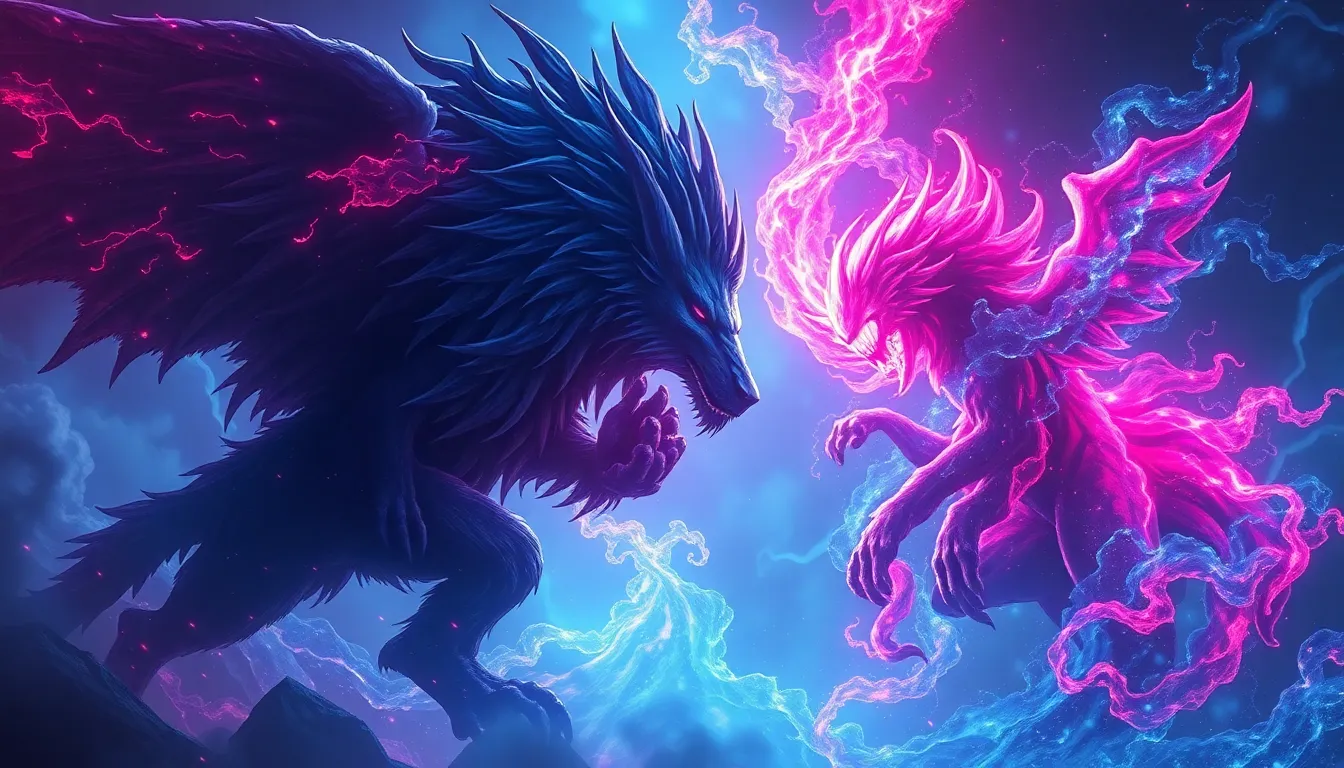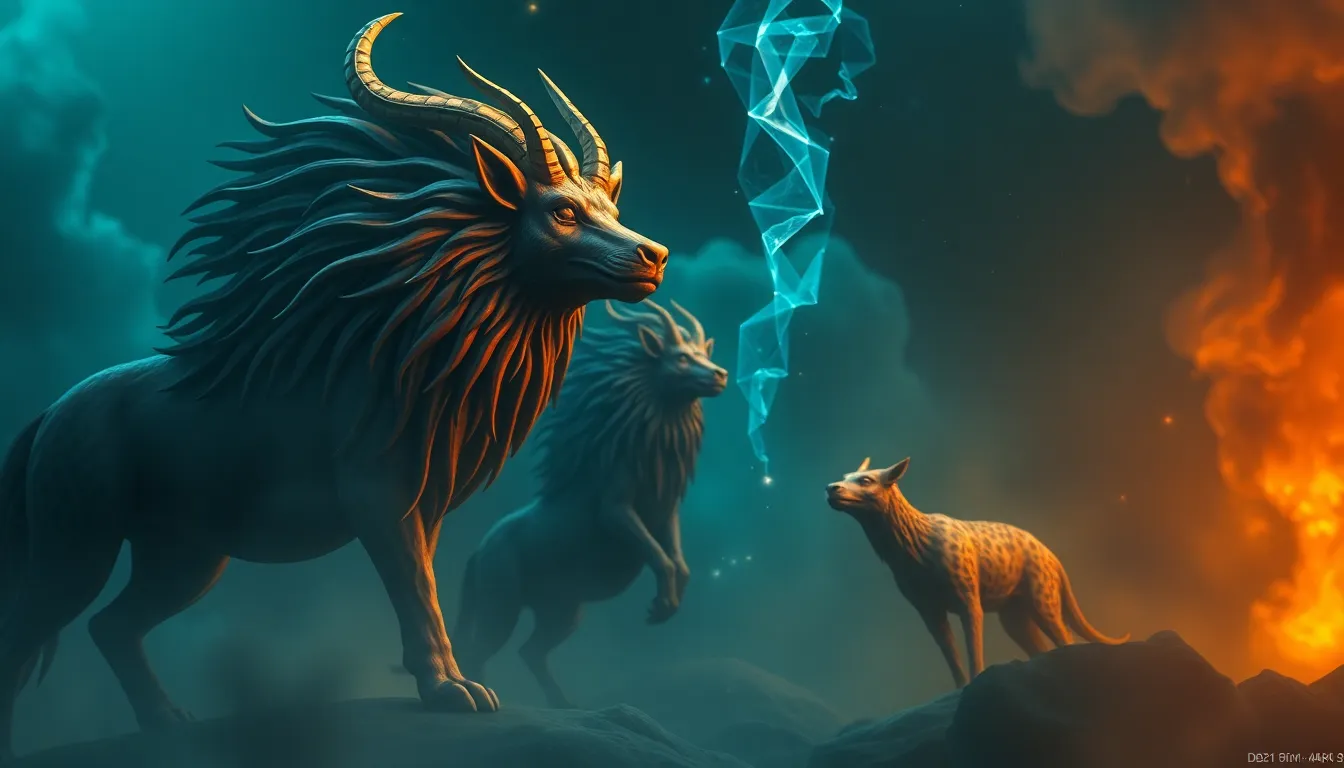Finnish Mythology: The Dance of Light and Darkness
Origins and Creation Myths
Finnish mythology, deeply rooted in the country's rich oral traditions, is a captivating tapestry of tales, beliefs, and legendary beings that have shaped Finnish culture for centuries. Its origins trace back to the ancient Finno-Ugric peoples, who once inhabited the vast expanses of northern Eurasia. In Finnish mythology, the creation of the world is attributed to Väinämöinen, the enigmatic and revered sage who played a pivotal role in shaping the destiny of the Finnish people. According to these myths, Väinämöinen embarked on a mystical journey in search of the sacred runes that held the power to create and order the world. His quest culminated in the creation of the Earth and its inhabitants, from the celestial bodies to the plants and animals that populate its diverse ecosystems.
The Gods: Ukko, Väinämöinen, and Ilmarinen
At the heart of the Finnish pantheon resides Ukko, the supreme deity and ruler of the heavens, whose presence embodies the forces of thunder and lightning. He is a formidable and revered figure, his name invoking both awe and unwavering respect among mortals and deities alike. Väinämöinen, the enigmatic sage and master of runes, stands as a central figure in Finnish mythology. His wisdom, cunning, and profound understanding of the mystical arts make him a pivotal character in countless tales and legends. Ilmarinen, the celestial blacksmith, completes the triumvirate of primary gods. His legendary prowess at forging magical artifacts, including the legendary Sampo, a mill that could generate wealth and abundance, has immortalized him in the Finnish consciousness.
The Cosmic Tree and the Underworld
The Cosmic Tree, known as the World Tree or Yggdrasil, serves as a central axis in Finnish mythology, symbolizing the interconnectedness of all living beings and the realms they inhabit. Its roots delve deep into the underworld, Tuonela, a mysterious and foreboding realm ruled by Tuoni, the god of the dead. The Cosmic Tree's branches reach up towards the heavens, connecting the mortal realm to the abode of the gods. It is said that the Cosmic Tree is a place where wisdom and knowledge are guarded, accessible only to those who possess the courage and determination to undertake the arduous journey to its heart.
Heroes and Legends: Väinämöinen, Ilmarinen, and Lemminkäinen
Finnish mythology is replete with captivating tales of heroes and their legendary exploits. Väinämöinen, the enigmatic sage and master of runes, takes center stage in many of these narratives. His wisdom, cunning, and unmatched abilities as a sorcerer have made him a beloved and enduring figure in Finnish folklore. He is often portrayed as a benevolent mentor and protector, guiding the Finnish people through their tumultuous history. Ilmarinen, the celestial blacksmith, and Lemminkäinen, a fearless and impulsive adventurer, also feature prominently in these legendary tales. Their adventures and exploits embody the enduring spirit of the Finnish people and their unwavering resilience in the face of adversity.
6. The Dance of Light and Darkness: Summer and Winter Solstices
In Finnish mythology, the cycles of nature are celebrated and revered as sacred events. The summer solstice, known as Juhannus, marks the longest day of the year, a time of boundless light and exuberant festivities. Bonfires are lit, and people gather around them to dance, sing, and indulge in merriments that pay homage to the sun's radiant power. Conversely, the winter solstice, known as Joulu, signifies the shortest day of the year, a period of darkness and introspection. During this time, families gather around the hearth, sharing tales and legends that illuminate the long winter nights. These solstices embody the eternal dance of light and darkness, a fundamental aspect of Finnish mythology.
7. Beliefs and Rituals: Animism, Shamanism, and Sacrifice
Finnish mythology is deeply intertwined with animistic beliefs, which attribute a spirit or soul to all living beings, including animals, plants, and natural phenomena. This animistic worldview fosters a profound respect for the interconnectedness of all things. Shamanism, an ancient practice that involves a trance-like state to communicate with spirits, played a significant role in Finnish mythology. Shamans were revered as intermediaries between the mortal and spiritual realms, possessing the ability to heal, foretell the future, and influence the course of events. Sacrifice was also an integral part of Finnish mythology, seen as a way to appease the gods and ensure their favor.
8. The Role of Women in Finnish Mythology
In Finnish mythology, women hold positions of power and influence, challenging traditional gender roles. Louhi, the mistress of the underworld, is a formidable figure who commands respect and wields immense power. Other notable female characters include Marjatta, the daughter of the sun, and Vellamo, the goddess of the sea. These characters embody the strength, resilience, and wisdom of women, defying conventional societal norms.
9. Influence on Finnish Culture and Art
Finnish mythology has profoundly influenced Finnish culture and art. The national epic, the Kalevala, is a masterpiece of oral tradition that weaves together tales from Finnish mythology. It has inspired countless works of literature, music, and visual art, showcasing the enduring legacy of Finnish mythology. The epic's themes of heroism, love, and the interconnectedness of all things continue to resonate with Finnish people and beyond.
10. Contemporary Interpretations and Revival of Finnish Mythology
In recent years, there has been a renewed interest in Finnish mythology, with contemporary artists and writers reinterpreting these ancient tales. This revival stems from a desire to reconnect with Finland's rich cultural heritage and explore its relevance in modern times. Contemporary interpretations of Finnish mythology often blend traditional elements with modern sensibilities, creating a vibrant and evolving tapestry of stories and beliefs.
FAQ
What is the significance of the sauna in Finnish mythology?
The sauna holds immense cultural and mythological significance in Finland. It is seen as a sacred space where physical and spiritual cleansing occur. In Finnish mythology, the sauna is associated with the underworld and the realm of spirits.
Is there a Finnish god of war?
Yes, Finnish mythology includes a god of war named Turisas. He is associated with victory, battle, and the protection of warriors.
What is the myth behind the creation of the Sampo?
In Finnish mythology, the Sampo is a magical artifact created by the celestial blacksmith, Ilmarinen. It is said to possess the power to bring wealth, abundance, and prosperity. The myth of the Sampo is central to the national epic, the Kalevala.



